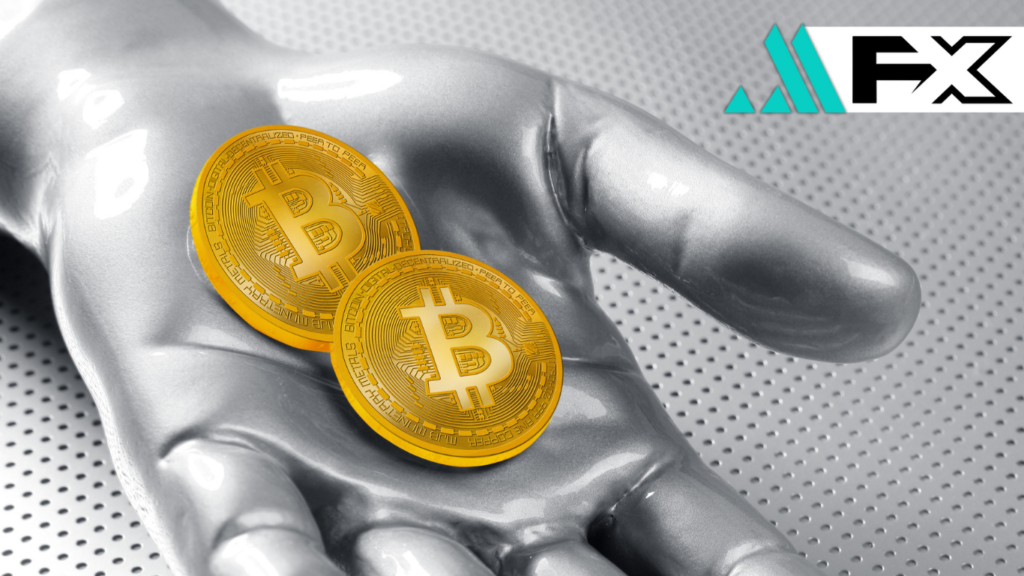Bitcoin lost ground early Friday, dipping 1.6% to $85,910.50, as renewed global trade tensions rattled investor confidence. The drop comes just ahead of the U.S. Personal Consumption Expenditures (PCE) inflation report, which could be pivotal for the Federal Reserve’s interest rate strategy.
The latest wave of risk-off sentiment follows a surprise move from former President Donald Trump, who announced sweeping new tariffs on foreign automobiles—a policy shift that’s already shaking global financial markets.
Trump’s Auto Tariffs Trigger Global Fallout
In a bold return to economic nationalism, Trump revealed on Wednesday a 25% tariff on all foreign-made cars and auto parts, effective April 2. The move, pitched as a fix for longstanding trade imbalances, is already drawing fierce global backlash:
- Canada’s Response: Prime Minister Mark Carney signaled a dramatic shift, calling for a full reset of U.S.-Canada trade ties.
- Global Retaliation: Key European and Asian economies are weighing retaliatory tariffs on U.S. goods, signaling the start of a potential trade war.
- Market Reaction: U.S. stock indices slumped Thursday, and the sell-off extended into Asian markets on Friday.
The concern? These tariffs could slow global economic growth, reignite inflation, and trigger a chain reaction in monetary policy shifts. As a result, investors have begun rotating out of riskier assets like Bitcoin and into traditional safe havens like gold, which hit record highs in Asian trading.
All Eyes on PCE Inflation Report for Fed Clues
The market now turns to the upcoming PCE inflation report, set to land later today. This data point—closely watched by the Federal Reserve—could reshape expectations around interest rate policy in the coming months.
- Current Fed Position: At its March 19 meeting, the Fed kept rates steady at 4.25%–4.5%, signaling caution amid mixed economic signals.
- Tariffs Complicating Inflation: The auto tariffs could push prices higher, creating a new inflationary headwind that challenges the Fed’s path toward rate cuts.
- Rate Cut Outlook: While the Fed has projected two rate cuts in 2025, market confidence in that trajectory remains shaky.

Where Do Markets Go From Here?
The combination of rising geopolitical tension, tariff-driven inflation risks, and Fed policy uncertainty is keeping markets on edge. Bitcoin, often seen as a hedge against fiat devaluation, is facing short-term selling pressure as investors seek shelter in safer assets.
Meanwhile, gold is once again proving its role as a crisis asset, rallying to new highs amid fears of a broader trade war.
Bottom Line
As trade tensions rise and global markets reel, Bitcoin is caught in the crosscurrents of policy and sentiment. With the Fed’s next move hanging in the balance, Friday’s PCE report could shape the tone for risk assets in the weeks ahead. Until there’s more clarity, volatility remains the name of the game.


